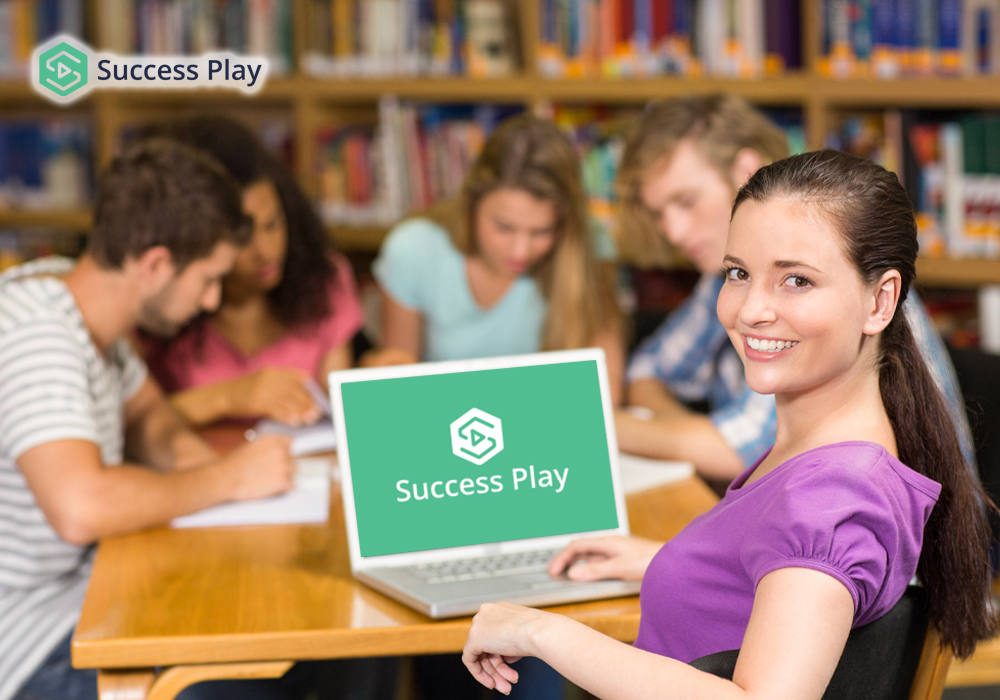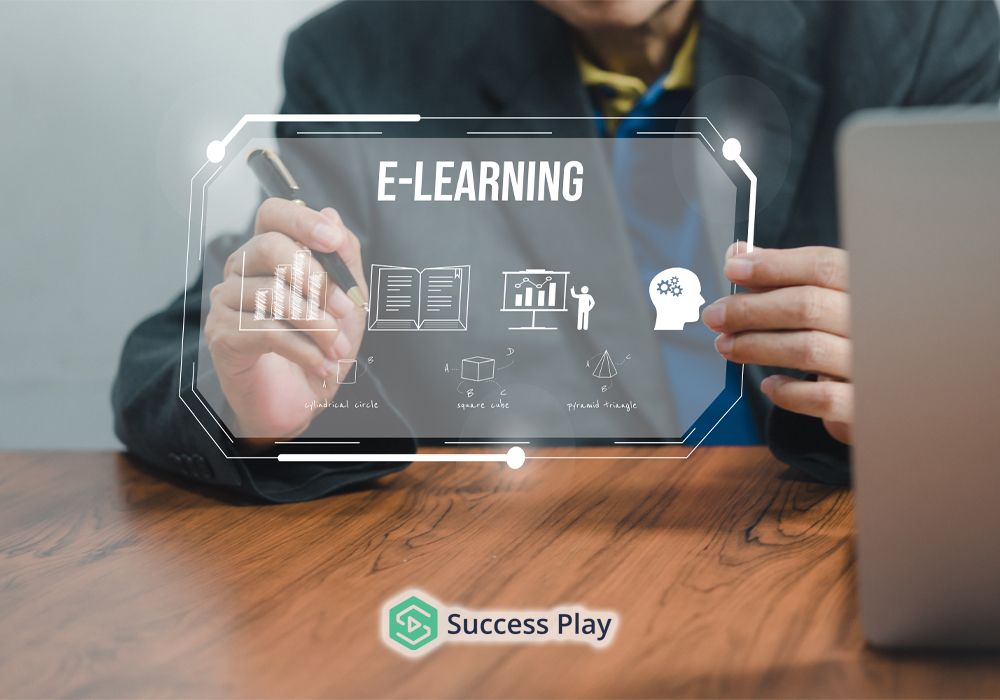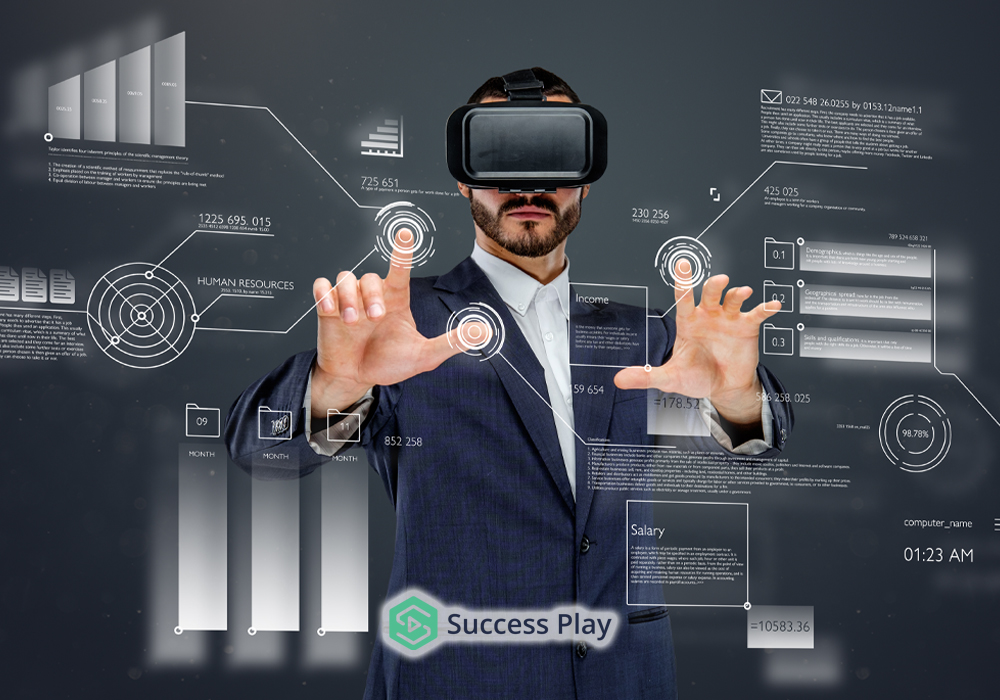
Leveraging Technology for Student Engagement and Retention
Introduction
In today’s rapidly evolving digital landscape, the role of technology in education has become increasingly significant. Leveraging technology for student engagement and retention has become a top priority for educational institutions worldwide. With the advent of various technological tools and platforms, educators have a unique opportunity to enhance the learning experience, foster student engagement, and ultimately improve student retention rates. This article explores the different ways technology can be leveraged to enhance student engagement and retention, providing valuable insights and practical strategies for educators.
Leveraging Technology for Student Engagement and Retention
With the ever-increasing availability of technology, educational institutions can harness its power to boost student engagement and retention. By integrating technology into the learning process, educators can create dynamic and interactive learning environments that captivate students’ attention and enhance their overall learning experience. Here are some effective ways to leverage technology for student engagement and retention:

- Interactive Learning Platforms
Interactive learning platforms, such as learning management systems (LMS), provide a comprehensive solution for engaging students and promoting active participation. These platforms offer a variety of features, including discussion boards, multimedia content, quizzes, and collaborative tools. By incorporating interactive elements into the learning process, educators can encourage students to take an active role in their education and foster a sense of belonging within the virtual classroom.
- Gamification
Gamification is a powerful technique that leverages elements of game design in a non-gaming context. By incorporating game-like elements, such as rewards, badges, and leaderboards, educators can create a more engaging and motivating learning experience. Gamification not only captivates students’ attention but also promotes healthy competition and a sense of achievement, which can significantly improve

- Virtual Reality (VR) and Augmented Reality (AR)
Virtual Reality (VR) and Augmented Reality (AR) technologies have revolutionized the way we experience the world. In the realm of education, these immersive technologies provide endless possibilities for engaging students and enhancing their learning experience. By allowing students to explore virtual environments, conduct experiments, and interact with virtual objects, VR and AR technologies create a sense of presence and make learning more interactive and engaging.
- Mobile Learning
In today’s mobile-centric world, leveraging mobile devices for learning can greatly enhance student engagement and retention. Mobile learning enables students to access educational resources anytime, anywhere, providing flexibility and convenience. By utilizing mobile apps, educational institutions can deliver personalized content, interactive exercises, and real-time feedback, keeping students actively involved in the learning process.
- Collaborative Tools and Platforms
Collaborative tools and platforms facilitate peer-to-peer interaction and collaboration, fostering a sense of community among students. These tools allow students to work together on projects, share ideas, and provide feedback to their peers. By encouraging collaboration, educators can create a supportive and engaging learning environment that promotes active learning and strengthens student retention.
- Adaptive Learning Systems
Adaptive learning systems leverage technology to personalize the learning experience based on individual students’ needs and abilities. These systems use data-driven algorithms to analyze students’ performance and provide customized learning paths and content. By adapting the learning experience to each student’s unique requirements, educators can ensure maximum engagement and retention.
Frequently Asked Questions (FAQs)
How can technology improve student engagement and retention?
Leveraging technology in education provides various benefits that can improve student engagement and retention. Interactive learning platforms, gamification, virtual reality, mobile learning, collaborative tools, and adaptive learning systems are some of the ways technology can enhance student engagement and improve retention rates.
Are there any risks associated with using technology for student engagement?
While technology offers numerous benefits, there are some risks associated with its use for
student engagement. These risks include potential distractions, over-reliance on technology, and the digital divide. Educators should carefully integrate technology into the learning process, ensuring it complements traditional teaching methods and caters to diverse student needs.
How can gamification promote student engagement?
Gamification promotes student engagement by introducing game-like elements, such as rewards, badges, and leaderboards, into the learning process. These elements motivate students, create a sense of achievement, and make learning more enjoyable. Gamification also encourages healthy competition among students, further enhancing engagement and retention.
What role does collaboration play in student engagement and retention?
Collaboration plays a vital role in student engagement and retention. By providing opportunities for peer-to-peer interaction and collaboration, educators foster a sense of community and belonging among students. Collaborative learning environments promote active participation, critical thinking, and social interaction, all of which contribute to improved engagement and retention.
How can adaptive learning systems benefit students?
Adaptive learning systems personalize the learning experience based on individual students’ needs and abilities. By analyzing students’ performance data, these systems provide customized learning paths and content, ensuring that each student receives the support and resources they require. This personalized approach increases engagement, addresses individual learning gaps, and enhances overall student retention.
How can educators effectively integrate technology into the classroom?
To effectively integrate technology into the classroom, educators should first identify their learning objectives and select appropriate technological tools and platforms that align with these objectives. They should provide training and support to both students and fellow educators to ensure everyone can effectively utilize the technology. Regular evaluation and feedback from students can help refine and improve the integration of technology in the classroom.
Conclusion
Leveraging technology for student engagement and retention is an essential aspect of modern education. By embracing the power of technology, educators can create immersive, interactive, and personalized learning experiences that captivate students’ attention and foster a love for learning. From interactive learning platforms to virtual reality and collaborative tools, technology offers endless possibilities for enhancing student engagement and retention. By embracing these technological advancements, educational institutions can pave the way for a brighter and more engaging future of education.
Join today and start experiencing the benefits.
Join our customer engagement platform and take your customer relationships to the next level with personalized interactions, valuable insights, and exceptional experiences that will keep your customer coming back for more.


